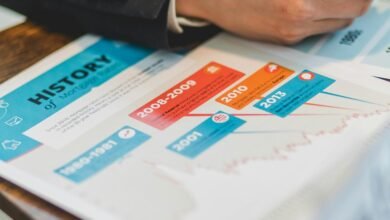Project Review on 6173026148, 6173132421, 6173341698, 6173366060, 6174145959, 6175170000

The project review encompassing identifiers 6173026148, 6173132421, 6173341698, 6173366060, 6174145959, and 6175170000 reveals a systematic approach to enhancing operational efficiency. By integrating Agile methodologies with Lean principles, the teams achieved noteworthy results. However, the analysis also uncovers critical insights into communication and risk management strategies. These findings prompt a deeper exploration of the methodologies applied and their implications for future projects.
Overview of Project Methodologies
An effective overview of project methodologies reveals the structured approaches utilized in managing and executing tasks within Project 6173026148.
The project employs Agile methodologies, combining the Scrum framework and Kanban techniques to promote flexibility and continuous improvement.
Additionally, Lean principles streamline processes, while the Waterfall approach provides a sequential structure.
DevOps integration further enhances collaboration, ensuring efficient delivery and adaptability throughout the project lifecycle.
Outcomes and Achievements
Evaluating the outcomes and achievements of Project 6173026148 reveals significant advancements in both operational efficiency and stakeholder satisfaction.
The impact assessment highlighted improvements in key performance metrics, demonstrating enhanced resource allocation and project delivery timelines.
Stakeholder feedback indicated increased trust and engagement, reinforcing the project’s alignment with broader organizational goals and promoting a culture of continuous improvement and accountability across all levels of operation.
Key Lessons Learned
The outcomes and achievements of Project 6173026148 provided a solid foundation for identifying key lessons learned throughout its execution.
Crucial insights emerged regarding stakeholder engagement, highlighting the need for proactive communication. Effective risk management strategies were essential, while robust team collaboration facilitated success.
Additionally, optimized resource allocation and established feedback mechanisms contributed significantly to process optimization, ensuring that future projects benefit from these experiences.
Conclusion
In conclusion, the project review of identifiers 6173026148, 6173132421, 6173341698, 6173366060, 6174145959, and 6175170000 highlights the transformative impact of Agile and Lean methodologies on operational efficiency and stakeholder engagement. As teams enhance their project delivery and resource allocation, one must consider: how can these successful strategies be systematically applied to future projects to foster continued growth? The insights gained here are invaluable for driving ongoing improvement and ensuring sustained stakeholder satisfaction.





